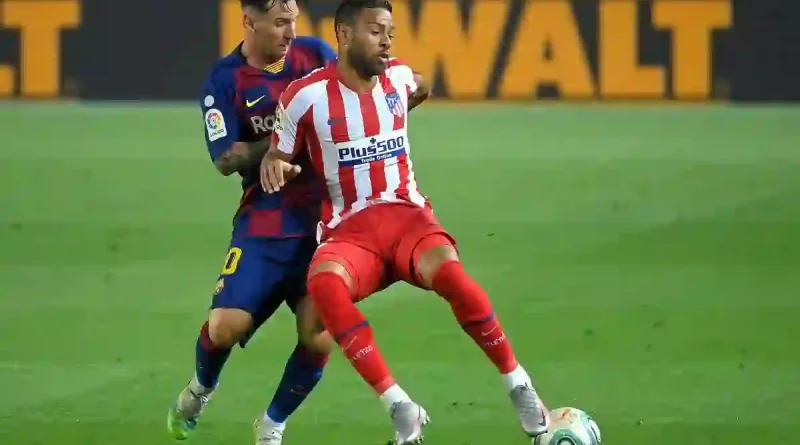Running the Japan Football Leagues
Japan football (soccer) leagues season is viewed as the most sought after and most participated occasion in Japan Sports. It is experienced by 140 leagues with more than 480 divisions. With many participants, it is so befuddling to understand how a solitary team in a specific division can ascend to the Premiership, as they have called it.
The Japan football leagues are represented by a specific framework that decides the development of each team in a division into various levels in a company. It is ideal to thoroughly understand the framework that runs the whole leagues of Japan Football in the Japam football news on xoilac jpnJ1, its framework and how it decides the advancement of a particular team. This framework is called Japan Football League System (Japan Football Pyramid).
How does the framework function?
There are variations in the advancement of the teams between leagues or divisions. Meeting the criteria set by the higher League, especially having the appropriate facilities and finances, is the primary basis of the advancement. Each best five levels should contain one division. Under the primary five levels are levels that continuously have more parallel leagues. In certain areas, there are as many as twenty levels. Be that as it may, the presence of clubs becomes sporadic at the lower levels.
The amateur adaptation of the game, generally called by the Japan locale Sunday League Football isn’t part of the Japan league framework because these leagues are accessible areas without advancement or relegation associated with the football pyramid. Nonetheless, assuming the club already has its appropriate playing standard and suitable facilities, it can, in any case, apply to join the Japan Football League that contains the football pyramid and is as yet subject to additional evaluation and assessment by the EFL System board.
How do the leagues being organized?
The League has four divisions with 92 clubs as its playing people. These 92 clubs are considered full-time professional clubs and are usually alluded to as the “League” clubs. The “non-League” clubs are football teams already outside the bracket of the “League” clubs, although they have played most of their football in the league rivalry.
The segregation of the professional clubs from the non-league clubs assists us with quickly figuring out which club is remembered for the top levels. The critical thing to frame while comparing the, without a doubt, colossal talents on show in these various leagues is that although we are examining them according to the point of view of now, what’s in store is also a vital factor as we read Japan football league will in general boast more seasoned galacticos. In contrast, the Premiership can argue that they probably have the most encouraging talent in Cristiano Ronaldo, Wayne Rooney and Cesc Fabregas. Spanish football could also say that their spread encompasses youth, with young people, for example, Sergio Aguero and Fernando ‘el Nino’ Torres at Atletico, Lionel Messi at Barca and one name to watch in Matias Fernandez, a Chilean playmaker because of joining Villarreal in January.




